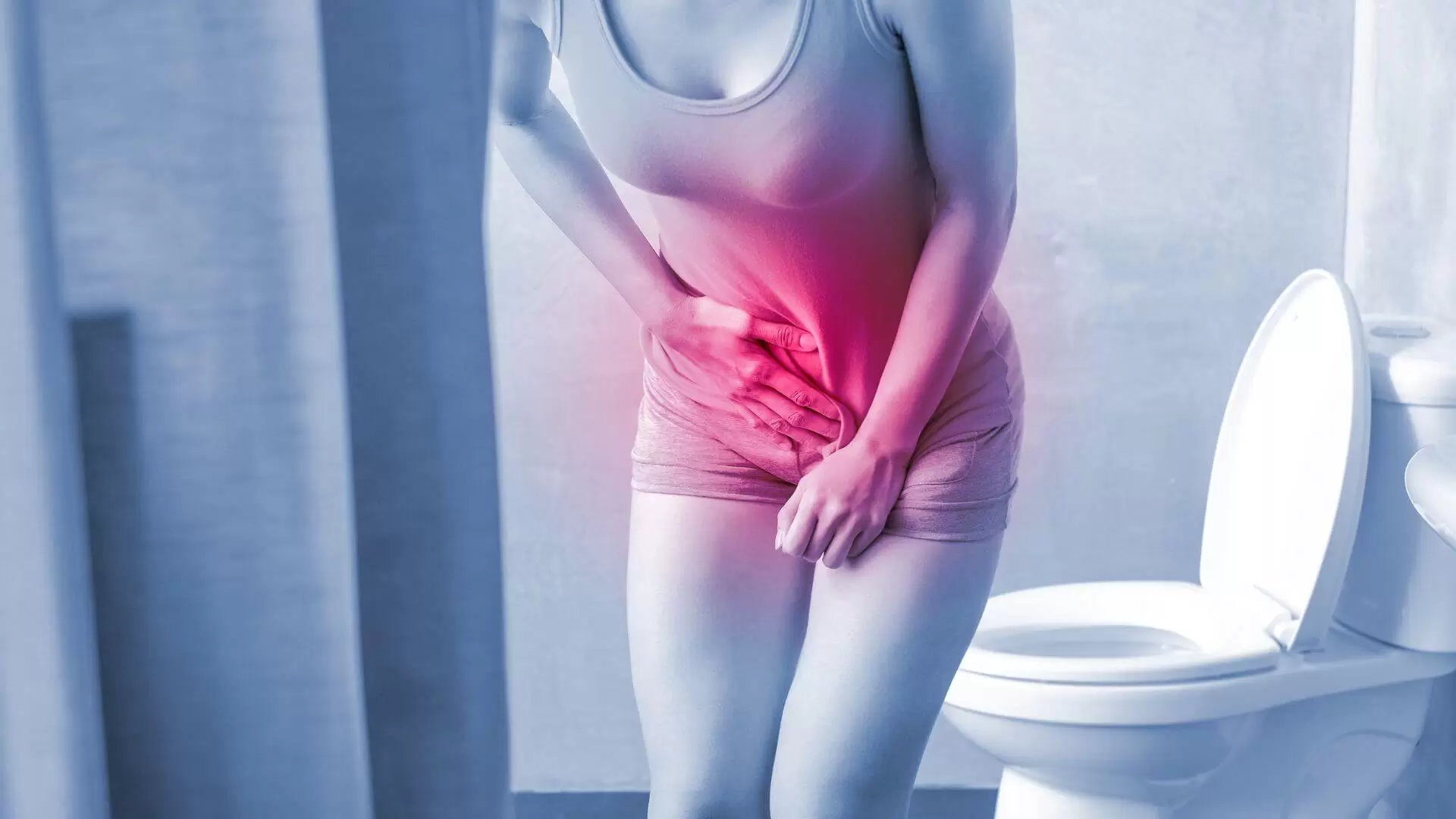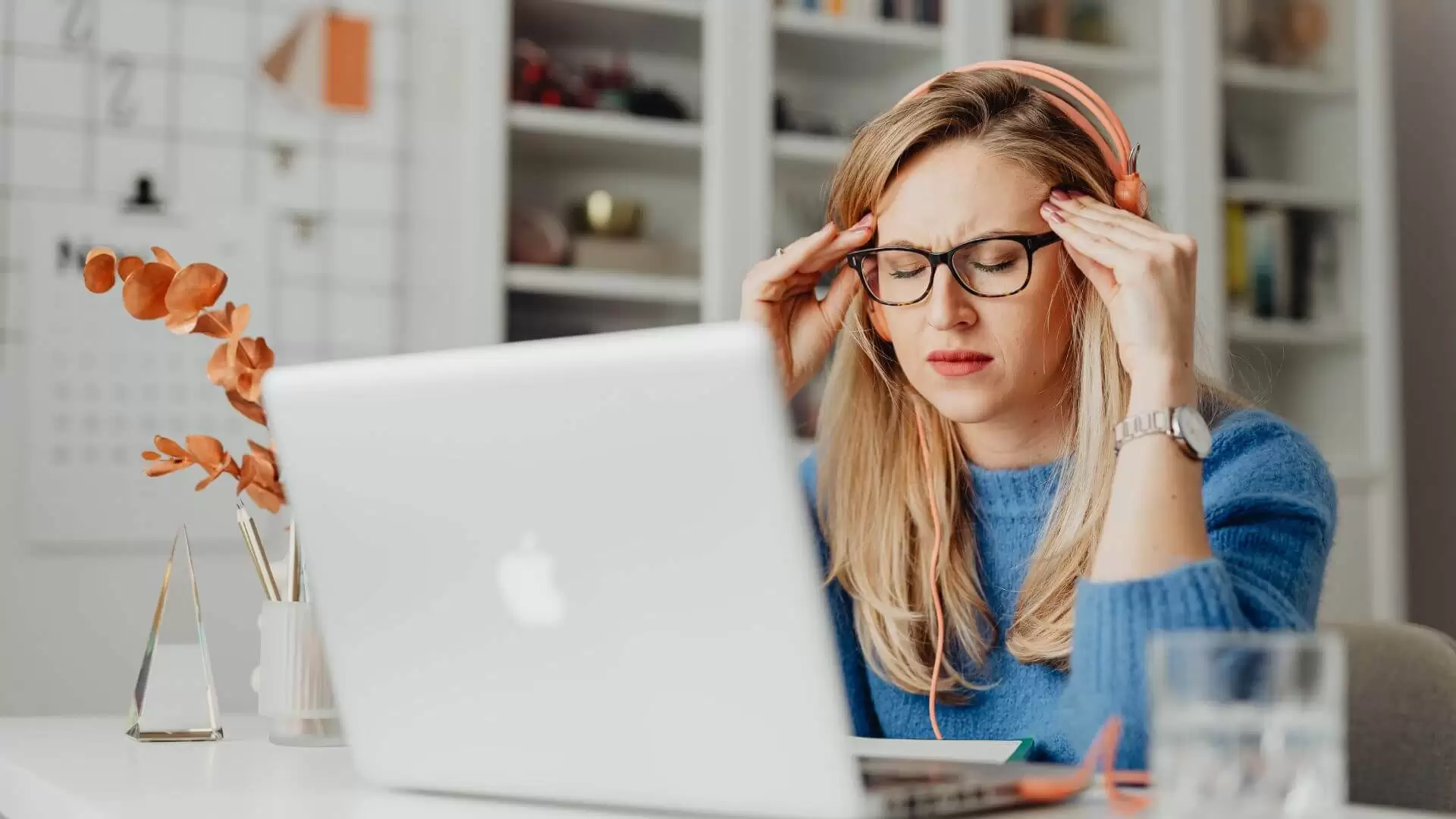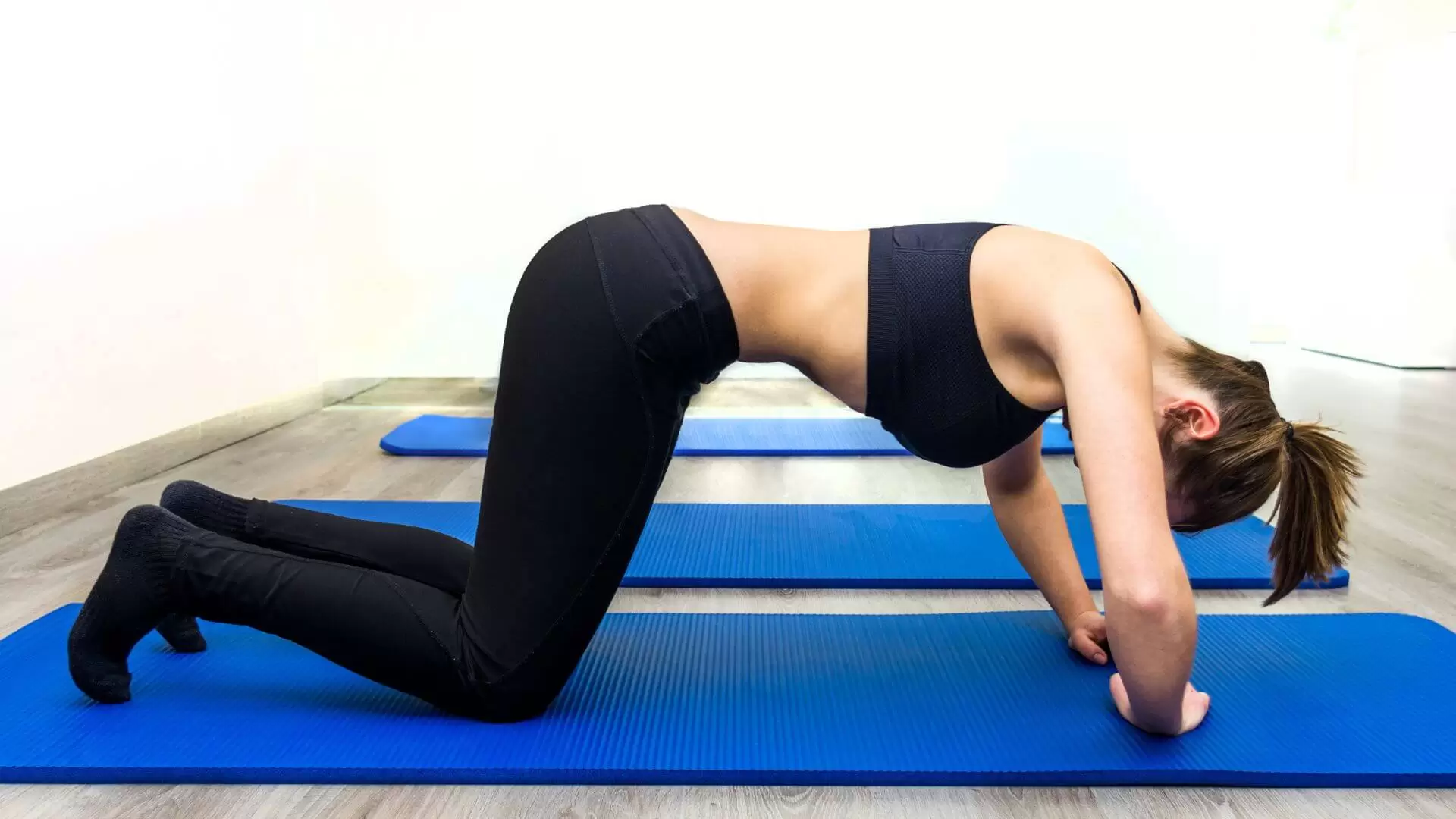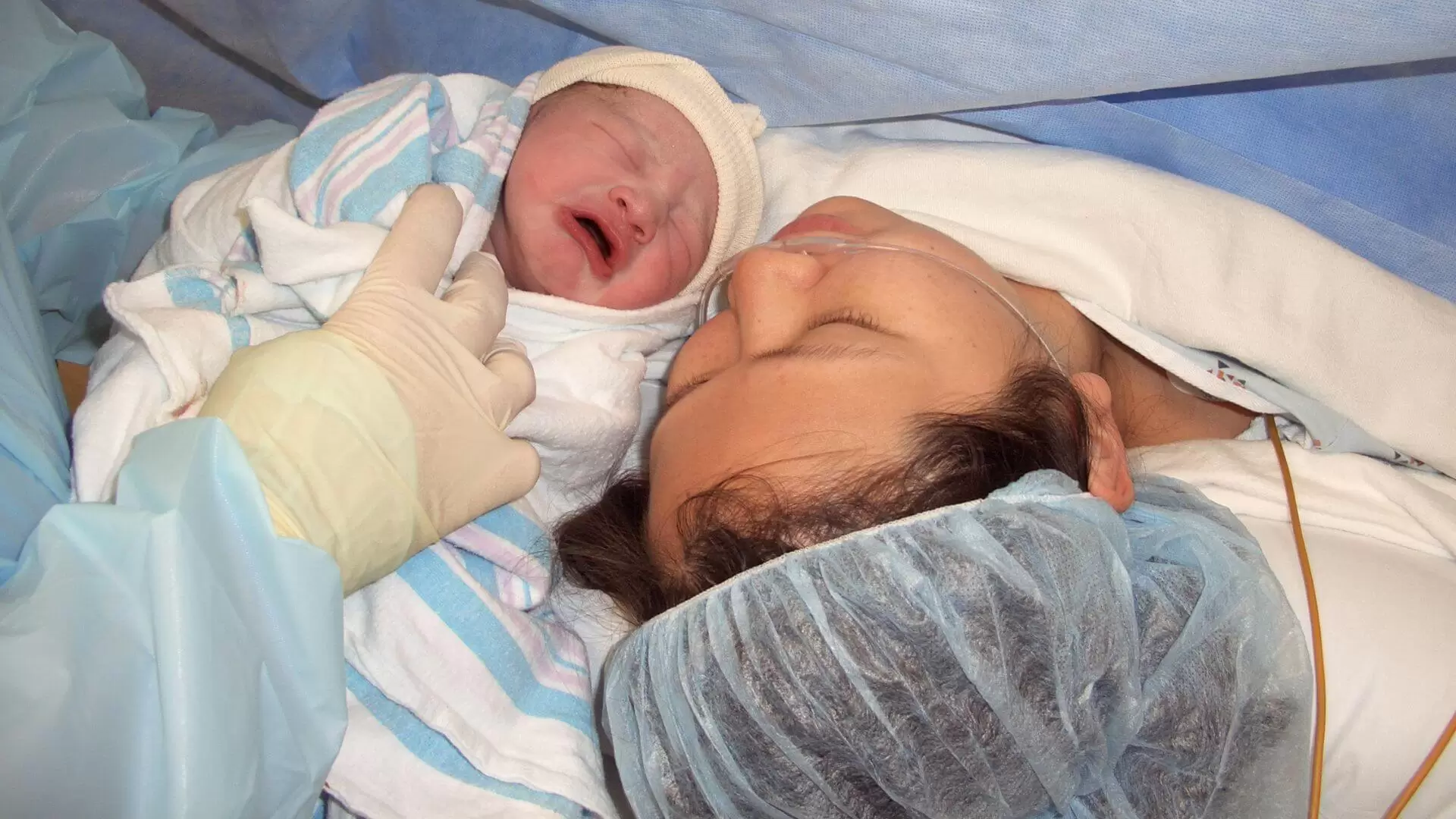A problem that affects more women than men and that is a determining factor in the person’s day-to-day life.
Imagine that you are in line at a supermarket and you feel the need to go to the bathroom, rather you realize that you have leaked urine. You would feel ashamed, right? Don’t worry, it is a sensation that around 25% of women suffer from on a daily basis and is called urinary incontinence.
A taboo subject, it is characterized by unconscious loss of control over the bladder, which occurs when pressure within the bladder exceeds urethral pressure. According to it is more common with age and is twice as high in women than in men. If it occurs in children, we speak of nocturnal enuresis.
The two most frequent causes that can cause loss of control are basically the following. Involuntary contraction of the bladder muscle. It occurs when the pressure exerted by the bladder is above the urethral sphincter and ends up causing urine to leak. neutral sphincter. What is it really? It is the valve that closes the bladder, preventing urine from flowing out through the urethra.
“About 60% of women who suffer from urinary incontinence do not recognize it, so it can be considered a taboo subject”
Are there people who are more at risk than others of suffering from this problem? There are factors that weaken the pelvic floor muscles thus causing a lack of control. These factors are some such as: being overweight, pregnancy and postpartum, constipation, menopause, trauma or injury, overexertion, and not emptying the bladder frequently.
TYPES OF INCONTINENCE
There are four different types of incontinence:
– Stress incontinence. It is the most common type of incontinence. It occurs when weakened pelvic floor muscles put pressure on the bladder and urethra and make them work harder.
– Urge incontinence. It occurs when we let time pass without going to the bathroom and suddenly the need to run arises and before reaching the bathroom it escapes us.
– Overflow incontinence. When the bladder does not empty completely and after going to the bathroom, droplets continue to escape.
– Functional incontinence. Due to a physical or mental disability, you do not have the ability to get to the bathroom on time or you have problems that prevent you from speeding up the process.
The treatment to end incontinence will depend on each type and cause. Some of the habits that can be taken on a daily basis to solve this problem are: maintaining a healthy weight, not smoking, avoiding constipation, drinking the right amount of liquid at the right time, or doing exercises to strengthen the bladder. Medications or operations may also be prescribed to prevent it.




